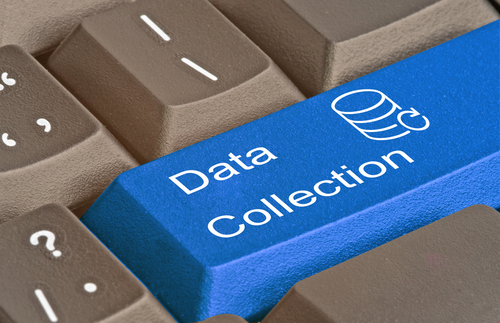Throughout the pandemic, there’s been an ongoing concern about the best way to manage the process of health screenings, contact tracing, and now vaccination verification. From a health and safety officer’s perspective, having documentation is critical for space and project planning, as well as compliance and Occupational Safety and Health Administration (OSHA) regulations. From a worker’s point of view, however, there is still growing concern about the privacy of the data and whether there’s a risk associated with recording the data that may create future issues or liabilities.
With the new OSHA emergency standard and a deadline of January 4, 2022, for employers with 100 or more employees to require they be vaccinated for COVID-19 or provide regular test updates, there’s a heightened sense of urgency around vaccination verification.
While the mandate specifies that companies with 100 or more workers must comply, it doesn’t necessarily mean that smaller businesses are exempt. As many small businesses know, if their employees are working on-site for a client and the client requires vaccination, they must comply to keep the contract.
As safety officers try to figure out the best logistical way to manage the vaccination verification process, many are recommending a digital check-in solution. Here are three reasons why.
First, paper forms are time-consuming and create more work. A lot of businesses are doing their vaccination verification recordkeeping using paper-based forms and spreadsheets or by asking workers to fill out a PDF template. This is a makeshift approach that quickly gets unwieldy. Reports need to be regularly updated based on changes in vaccination status.
Not only are these outdated methods time-consuming, but they also require several people to get involved. Imagine a team in the field having to fill out the form and then hand it to their site supervisor, who sends it to an admin for data entry. The likelihood of error is high. It ranges from illegible handwriting to typos to a pileup of reports that are impossible to comb through if they’re requested by a compliance officer.
Second, ensuring privacy of worker information is critical. The more hands that are on the information, the higher the risk of a privacy breach. From a logistical point of view, digital check-in technologies make it easy to know who has been vaccinated using just a few keyboard strokes. And you can keep the data private.
Third, you can create a digital record of Centers for Disease Control and Prevention (CDC) cards by having workers upload their card into the digital check-in app.
We all know that black market vaccination cards exist. If you’re unsure whether a card is genuine, cross-check the digital record if necessary. There are some telltale signs a card might not be authentic, including if the card is fully printed rather than handwritten with dates of shots. Also, look at the dates of the shots to see if they’ve been administered within a few weeks of each other. They are more than likely to have different signatures next to them. Finally, some fakes include false government seals.
How Ampirical Solutions Manages Vax Verification
Ampirical Solutions uses digital check-in technology. Recently named one of America’s safest companies, the electrical infrastructure engineering, design, and construction company first started using the Safe Site Check In digital app at the beginning of the pandemic. Then it was used for health screenings and private contact tracing, and the company has since expanded its use to manage the vaccination verification process.
According to Ampirical’s Rod Courtney, health, safety, and environmental (HSE) manager, “It’s not about politics. It’s about the logistical process of verifying and documenting that every employee and subcontractor working onsite has been vaccinated, or that negative test results are current, without disrupting the work to be done.”
Digital check-ins offer a streamlined way to manage vaccination status without adding additional, time-consuming admin tasks or putting worker privacy at risk. The key is to choose a solution that captures the information once, maintains the privacy of records, and is still easily accessible.
Safety officers who are still figuring out how to manage the vaccination verification process should consider taking advantage of newer digital check-in technologies designed to make it easier.
David Ward is the Founder and CEO of Safe Site Check In.
The post How to Safely Manage COVID-19 Vaccination Data appeared first on HR Daily Advisor.
